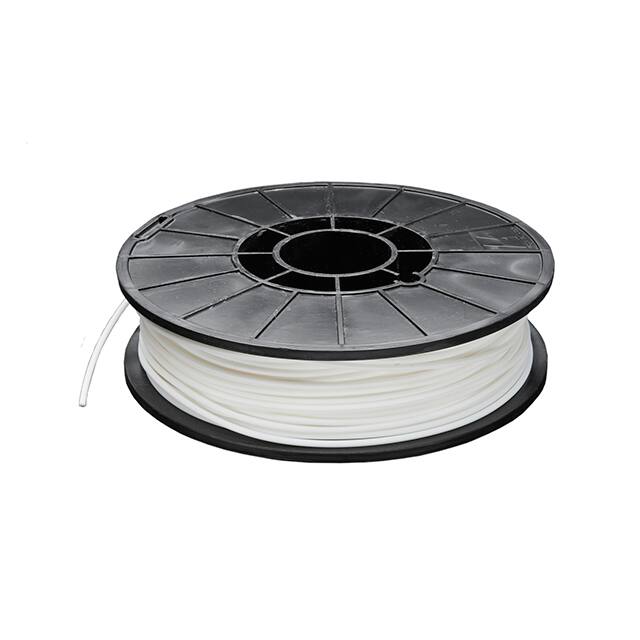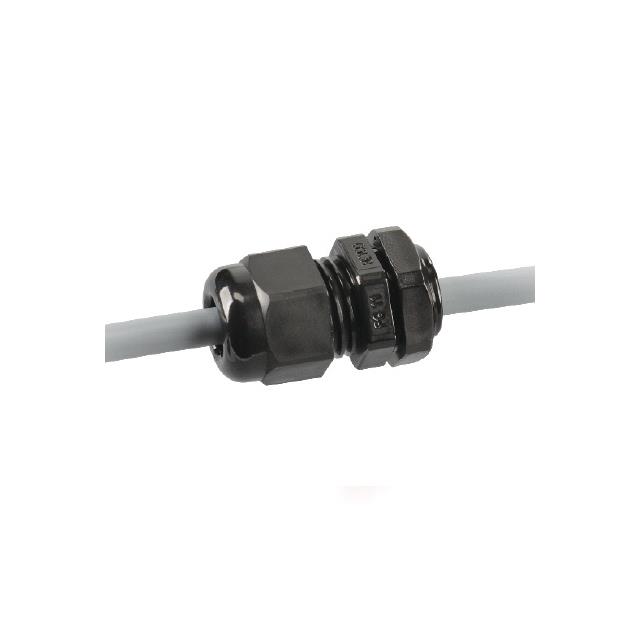Cheetah™ Series, 3D Printing Materials
Results:
7
Manufacturer
Series
Color
Filament Diameter
Weight
Tensile Strength
Operating Temperature
Filament Material
Density
Flex Strength
Features
Results remaining:7
Applied Filters:
Cheetah™
3D Printing Materials
In the world of 3D printing, filaments play a crucial role as the raw material used to create three-dimensional models through the process of fused deposition. These solid strand thermoplastic feedstocks come in various formulations and characteristics, offering a wide range of options for 3D printing enthusiasts. Let's explore the key features associated with 3D printing filaments: Diameter: Filaments are available in different diameters, with the most common sizes being 1.75 mm, 2.85 mm (also known as 3 mm), and 3.00 mm. The filament diameter must match the specifications of the 3D printer's extruder mechanism to ensure smooth and consistent filament feeding during the printing process. Weight: Filaments are typically sold by weight, with popular options ranging from small spools of 0.5 kg to larger spools exceeding 1 kg. The weight of the filament determines the amount available for printing and influences the overall cost per model. Tensile strength: Tensile strength refers to the maximum amount of stress or force a filament can withstand before breaking. It is an important property to consider, as it impacts the durability and structural integrity of the printed object. Flex strength: Flex strength measures the ability of a filament to bend or deform without breaking. Filaments with high flex strength are suitable for applications that require flexibility or elasticity, such as creating rubber-like objects or hinges. Density: Filament density affects the weight and solidity of the printed object. Different filaments have varying densities, which can influence the final weight and feel of the printed model. Plastic formulations: Filaments are available in a variety of plastic formulations, each offering unique properties and characteristics. Some common formulations include Acrylonitrile Butadiene Styrene (ABS), Polylactic Acid (PLA), Polyethylene Terephthalate (PET), Polyamide (PA), Polycarbonate (PC), Polystyrene (PS), Polyvinyl Alcohol (PVA), and Thermoplastic Polyurethane (TPU). These formulations vary in terms of strength, flexibility, temperature resistance, and printability. Color options: Filaments are available in a wide array of solid and translucent colors, allowing for greater creativity and customization in 3D printing projects. From vibrant primary colors to subtle pastels and even glow-in-the-dark options, the choice of filament color adds an aesthetic element to the printed models. By selecting the appropriate filament based on diameter, weight, tensile strength, flex strength, density, and plastic formulation, 3D printing enthusiasts can achieve their desired results, whether it be creating sturdy functional objects or producing intricate and visually appealing prototypes.





